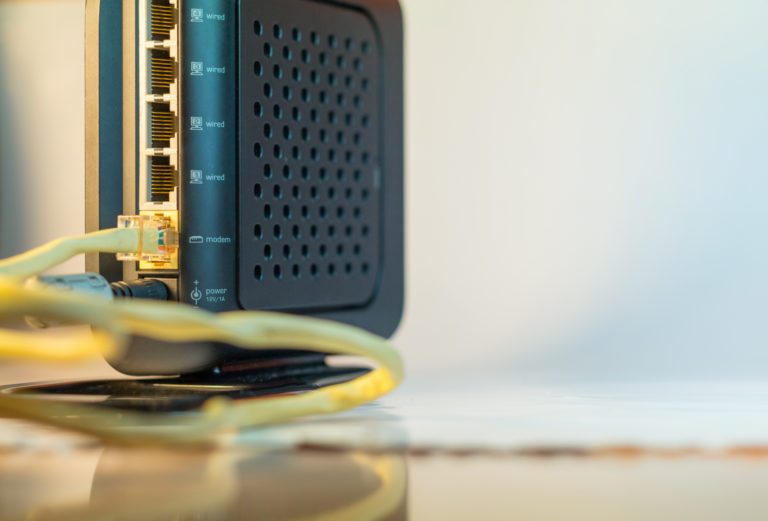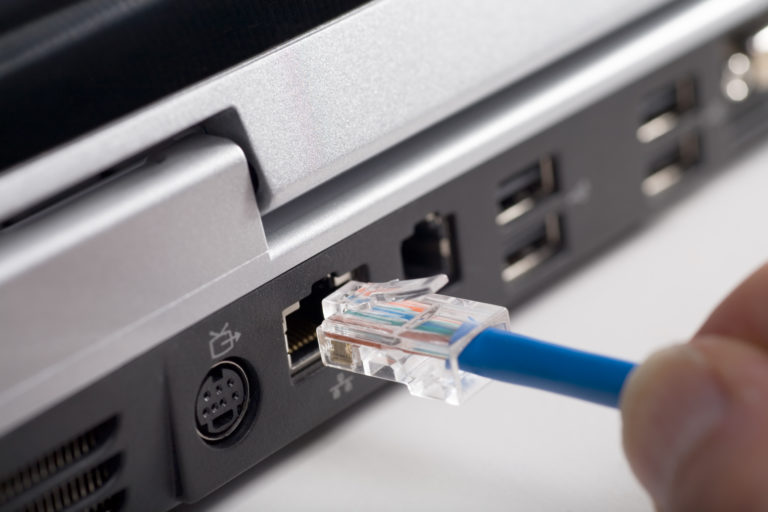First, your internet service provider sends a data signal through the coaxial cable, or coax cable, into your home—specifically, to your modem. The modem then uses an Ethernet cable to connect to your computer or router, which is what gives you access to high-speed internet. If you choose to use a router, you can then broadcast a Wi-Fi signal throughout your home. These cable networks stretch all across the country, and there are even undersea cables that reach between water-separated areas. Plus, cable internet can spread speeds evenly among individual users. It also means that if you pay more, you have access to more bandwidth, which means faster speeds. Here’s a quick look at the cable internet providers we recommend the most: So what does that mean to you? If you buy or rent a newer version of a DOCSIS modem, you can get faster internet speeds. A network adapter is the built-in form of a network card, meaning your computer has it integrated without needing an expansion slot. You might also see speed measured in Gbps, or gigabits per second, since cable internet is starting to break into gigabit download speeds. 1 Gbps equals roughly 1,000 Mbps. Upload speeds aren’t quite the same, though, usually ranging from 1 Mbps to 50 Mbps. Fiber speeds can reach above 300 Mbps, even up to 2,000 Mbps, and fiber’s upload speeds can range from 50 Mbps to 2,000 Mbps. Fiber networks are expanding, but they’re still not quite as available as cable internet. With its direct cables and reliable signal, cable remains a good way for most people to get high-speed internet.

